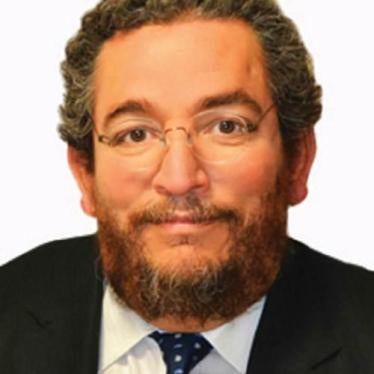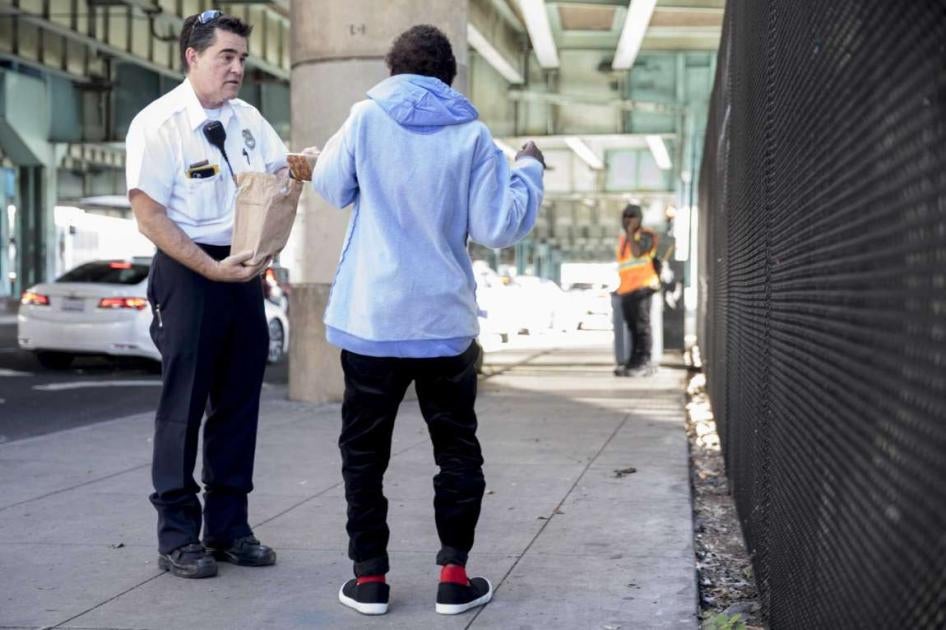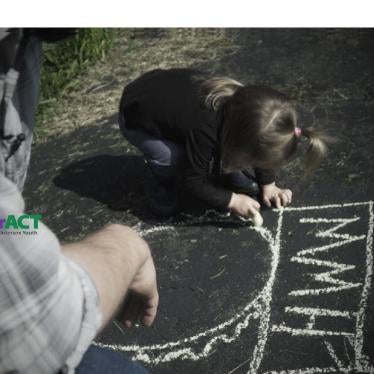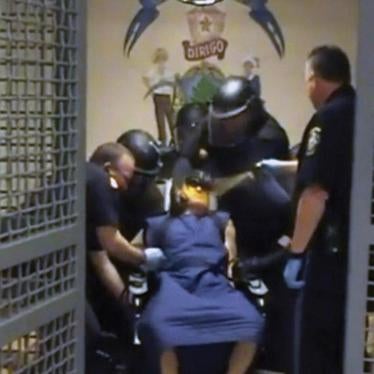When Isaias Cervantes, a hard of hearing young adult with autism and mental health conditions, became agitated and upset with his family, they called 911 to request support. The 911 operator sent sheriff’s deputies instead of a crisis intervention team. After speaking to family members and learning that Cervantes was unarmed and not dangerous, the deputies went to the house and immediately demanded that he come outside.
When he remained seated on the couch, the deputies went inside, grabbed him, and moved to handcuff him. In response to this force, Cervantes struggled with the deputies, who shot him, claiming that he was reaching for one of their guns. The deputies had made no effort to talk to him before attempting to handcuff him and had not called a mental health team to address Cervantes’ situation.
This incident, appalling as it seems, is not an isolated one in California.
Police violence against people with disabilities and mental health conditions has long been an ongoing concern. There are no consolidated numbers on how many people with disabilities have been killed or badly injured by police because police departments are not required to collect and publish this data. That said, a 2016 study estimated that roughly one third to one half of police incidents in which force was used involve someone with a disability
These incidents often happen when a concerned person calls 911 seeking help for a person experiencing a mental health crisis. When someone is experiencing emotional distress, disorientation, or other forms of mental suffering, their emotional state can deteriorate when confronted by police with orders they might not be able to understand and follow. In 2020, an estimated 9 percent of killings by police in the U.S. occurred during these so-called “wellness checks.” Meanwhile, research suggests that only a fraction—3 to 5 percent—of violent acts in the U.S. are related to mental health conditions.
Law enforcement, with its focus on compliance, is often ill-equipped to handle mental health crises. Instead, warm, empathic, and reassuring responses have been shown to be most effective.
That’s why it’s imperative that authorities develop alternative responses to these situations that are based in the community and generally do not include police, whose involvement may result in unnecessary or excessive use of force.
California’s State Assembly took an important step to address this problem when it passed the Community Response Initiative to Strengthen Emergency Systems (CRISES) Act on May 28. This bill, AB 118, which is pending in the state Senate, would enable community-based organizations to provide supportive responses to non-violent emergency calls for people experiencing mental health crises or acute emotional distress.
The CRISES ACT will create a grant program for nongovernmental organizations to put in place non-coercive responses to people experiencing mental health crises as well as various social problems, including intimate partner violence, community violence, substance use disorder, and natural disasters. Many groups in California and other states are working to build alternatives to a police response for mental health crises, such as Mental Health First, which operates in Sacramento and Oakland.
Experts have debated for a long time what a non-coercive emergency response would look like and what actions need to be taken to ensure proper implementation.
Emergency response teams should focus on the person’s wishes for support instead of imposing treatment. Many mental health approaches, even without involving the police, still depend on coercion. Substituting police responses with non-consensual treatment by mental health professionals is also not the way forward. In themselves, mental health crises do not constitute a security risk for third parties and should be dealt with approaches not involving law enforcement and the use of force.
Community-based services should be available. These should include respite houses, in which the person is allowed to calm down, offered a meal, a shower and a place to stay for a short period. Basic needs should be addressed as a starting point for recovery, as many times everyday concerns and needs—such as for a safe place to sleep, food or water—and the impossibility of satisfying them lead to escalation and more acute crises.
Services need to be of high quality and be flexible enough to allow people experiencing homelessness to benefit from them. They should include harm reduction approaches to drug use, not criminalization.
Adopting AB 118 is the first step toward a more humane and human rights respecting model to address mental health crises. The California legislature passed a similar bill in 2020 but Governor Gavin Newsom vetoed it citing concerns that the administration of the grant program fell under the Office of Emergency Services (OES). The current bill places management and oversight with the Governor’s Office.
It needs to become law.
For people with mental health conditions, empathy and community-based services, not use of force, are what is needed.
Carlos Rios Espinosa is a senior disability rights researcher and advocate and John Raphling is a senior US researcher, both at Human Rights Watch.









